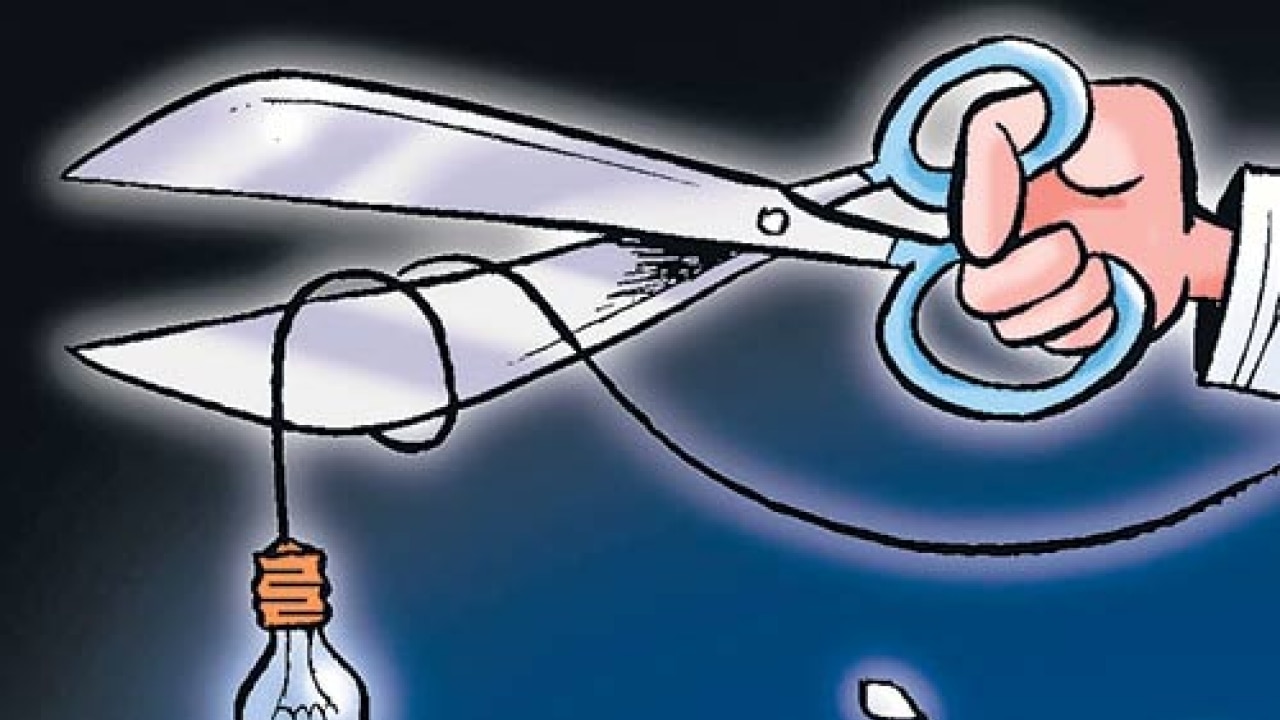
A hotel I stayed at during my visit to Mumbai last week had this sweet little note for its guests: ‘Due to maintenance work on our diesel generators, there could be two instances of power fluctuation tomorrow, one for 10 seconds and another for 4-5 seconds’.
In a country where people fatalistically accept the regularity of power cuts, this note really stood out. Not bad, I thought. We’ve progressed and attained such high standards of reliability that a disruption of a few seconds is a reportable incident.
Mumbai city may be more fortunate when it comes to power supply reliability, but the rest of the country will only dismiss such a note as an elaborate farce.
About 300 million people, particularly in rural India, do not have access to electricity. Another 600-700 million people may have electricity connections, but have never experienced 24x7 reliability or proper quality that developed countries take for granted.
Even our metrics are inadequate. About 10 years back, a village would be classified as ‘”electrified” if it had just one bulb connection. (Similar to the diluted definition of 'literacy’ as the 'ability to sign one’s name'). Later, the requirement for calling a village electrified was changed to “at least 10% of households and some public building such as health care centre should be connected”. Once this new definition came into place, states which hitherto had claimed 95-100% electrification saw the numbers dropping to 50-70%. The 2011 Census showed that only about 50% of households had connections (wires) and a much lower number had regular supplies.
Reliability standards are either non-existent or are a mockery. For example, an eight-hour power supply to farmers in the night is considered as “deemed 24x7 supply” and reported thus. It would appear that “24x7” stands for 24 hours of power supply in 7 days.
The ambitious target for “power for all citizens” has been a rolling one. I first heard the slogan “power for all households by 2012” in the year 2007. Later this was moved to 2017. When the Modi government came to power last year, the vision “24x7 power for all citizens by 2019” was trumpeted. Last week, Modi was quoted as saying that “every house will have power supply by 2022”. It’s a constantly moving goalpost that is five years away at any point of time.
Nobody knows what the unrestricted or latent demand of power in the country is, because as soon as the demand exceeds available generation, discoms resort to what is euphemistically styled as “load shedding”. In most states, there is “scheduled load-shedding” when consumers are informed in advance of stoppage of power for fixed hours in a day, and “unscheduled load shedding” which can happen for any number of reasons. Official reports may claim only a 1-10% shortage (depending on the state), but the general public knows what the reality is.
Coal power continues to contribute 70% of our total generation and in a zeal to over-compensate for the carbon emission, the government has announced a grand plan to add 100,000 MW of solar plants and 60,000 MW of wind plants by 2022. While this would, undoubtedly, enable a greener mix, the intermittency and seasonality (in the case of wind) and the day-only availability (in the case of solar) will add to the problem of grid management and pose further challenges for reliability. Imagine the ramp-up required at 6 pm when the sun goes down and the lighting load starts peaking.
Developed electricity markets such as in the USA and Australia try to design their systems targeting a reliability of 99.9998% - which will allow a maximum of one outage event once in 10 years. This requires adequacy and diversity of generation capacity, fuel linkages, sufficient reserve margin and spare capacity, wide transmission system and last-mile connectivity. Every country is trying to increase the share of renewable energy in the system. Its peculiar characteristics add to the complication and must be managed. “24x7 reliability” doesn’t happen by itself. It needs to be planned for years in advance.
What do the power cuts cost the country in terms of lost productivity, inconvenience, etc.? What is the price we pay to cope with the insufficiency and interruptions?
We’ll review that in the next piece.
The author is a Market Development Director, Middle East, Asia and Australia in a multinational organisation in the power sector, and is based in Chennai. Views are his own.